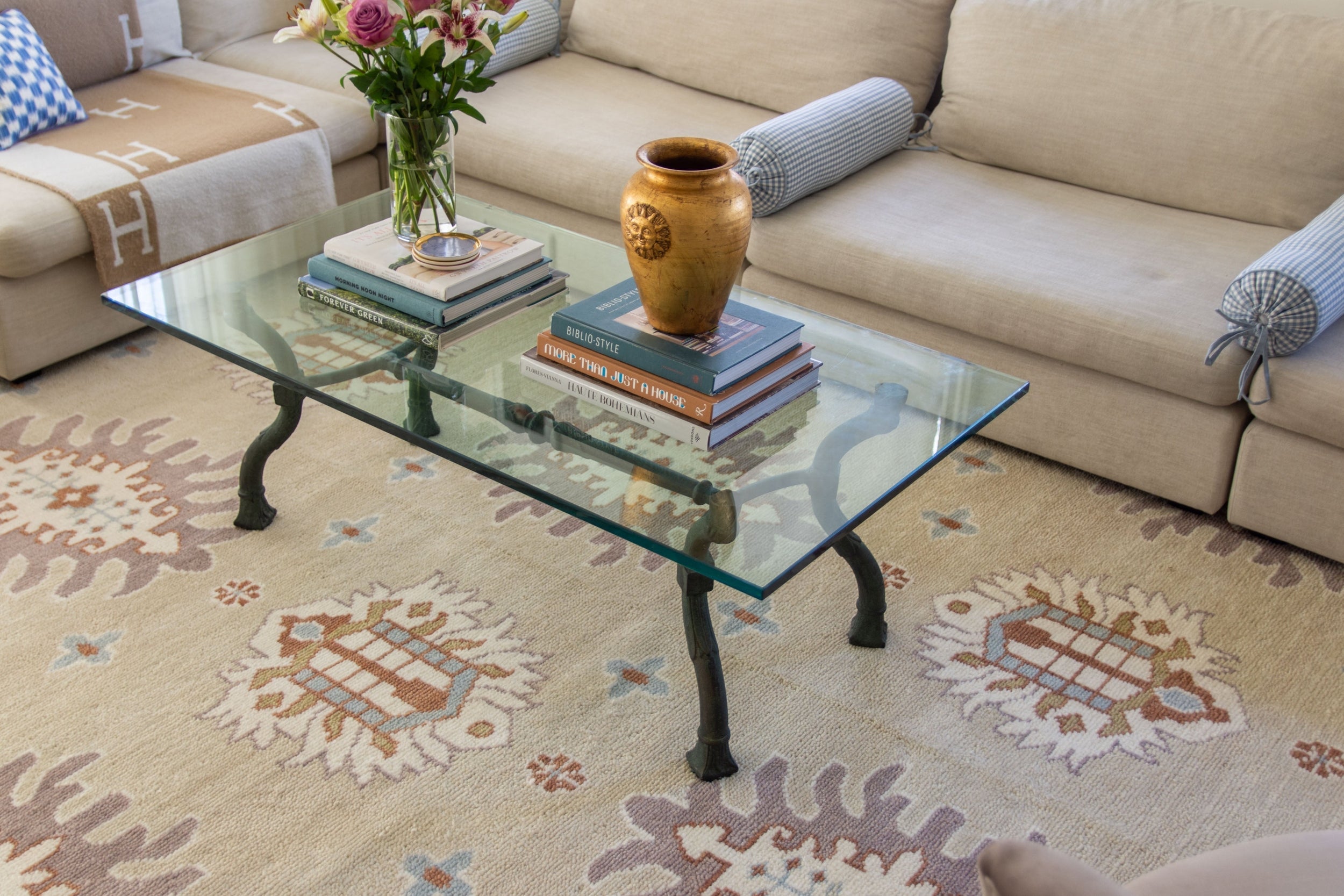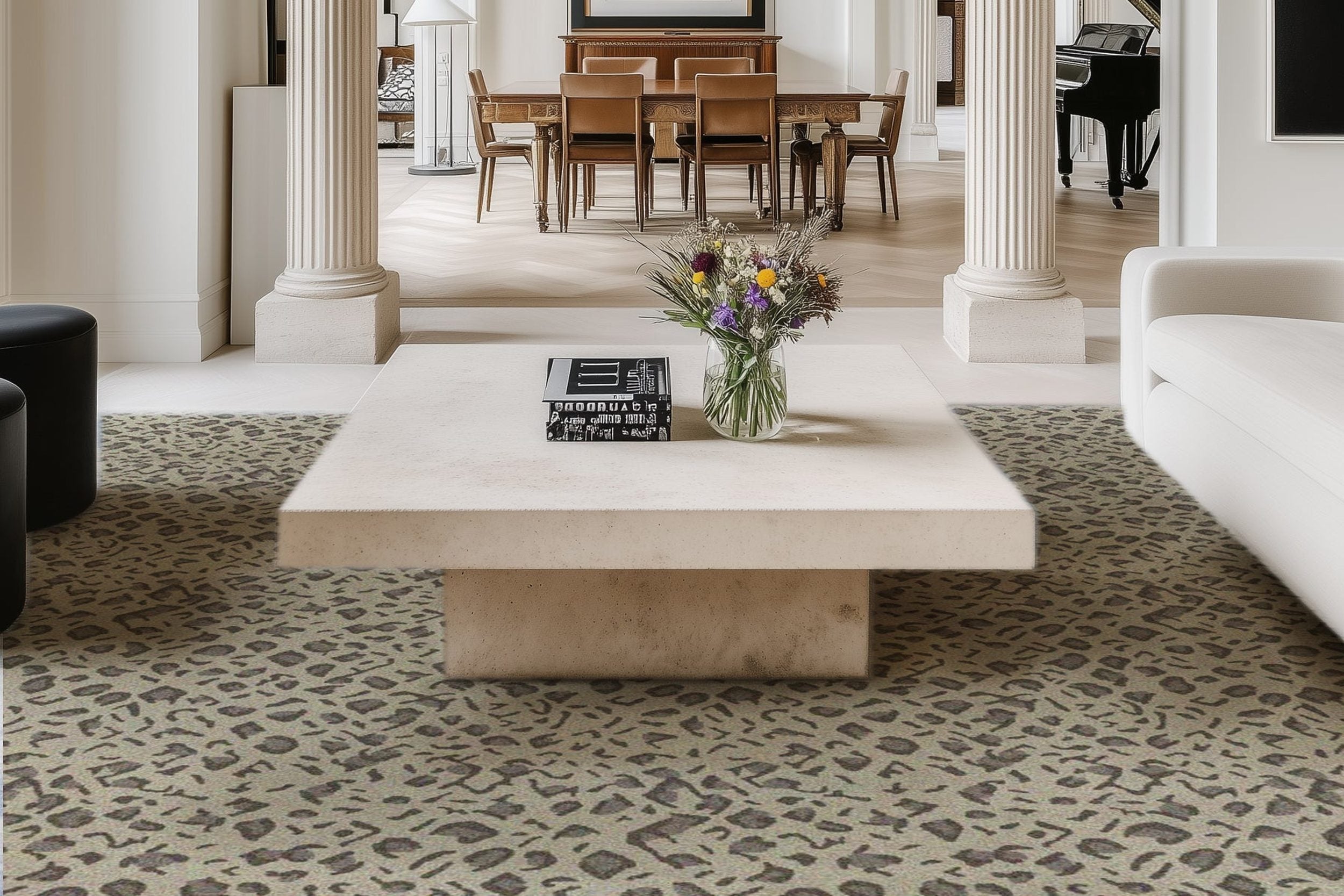Integrating Designer Rugs into Show Homes: Subtle Details That Sell
 First impressions matter, especially in show homes. The smallest details can turn a walkthrough into a “wow” moment, and designer rugs are among those quiet yet powerful touches that make a space feel real. They soften sharp lines, define open areas, and bring warmth to brand-new rooms. For builders, it’s not just about showcasing structure.
First impressions matter, especially in show homes. The smallest details can turn a walkthrough into a “wow” moment, and designer rugs are among those quiet yet powerful touches that make a space feel real. They soften sharp lines, define open areas, and bring warmth to brand-new rooms. For builders, it’s not just about showcasing structure.
It’s about selling a lifestyle. Thoughtfully placed rugs can guide the eye, add texture, and help buyers imagine themselves living there. In show homes, it’s these subtle, stylish details that transform a house into a home people instantly fall in love with.
Setting the Scene: Elevate Show Home Styling
When it comes to show homes, the goal isn’t just to display a house. It’s to create a feeling. Every corner should tell a story of comfort, warmth, and possibility. That’s where styling steps in, transforming a new build into a space people can truly imagine living in.
Home builders like Montgomery Homes understand this better than most. Their attention to detail goes beyond architecture. From lighting to furnishings and even the rugs underfoot, every element works together to create that emotional connection and atmosphere buyers respond to.
Designer rugs play a quiet but powerful role. They soften spaces, define living zones, and add layers of texture that make a home feel complete. A well-placed rug can instantly change the tone of a room, grounding furniture and drawing the eye toward key design features.
For builders, these finishing touches aren’t just decoration; they’re strategy. They turn a walkthrough into an experience, showing buyers not just what the home looks like but how it feels to live there. And that’s what sells.
The Psychology of Comfort: Why Rugs Help Buyers Feel at Home
When you walk into an empty house, it can feel sterile, as if something is missing. That’s where texture comes in. Soft finishes and tactile elements instantly shift a space from “just built” to “already lived in,” helping buyers feel welcome and at ease.
Designer rugs play a starring role in that transformation. They add hush to high ceilings, cushion footsteps, and bring warmth to open-plan rooms. Texture underfoot tells the brain that this space is comfortable, high-quality, and well-styled.
During a home tour, that subtle cue can be the difference between “nice house” and “this feels like home.” Designers rely on rugs because they soften hard surfaces, fill the floor visually, and deliver that emotional pull that helps sell.
Creating Flow and Definition in Open-Plan Spaces
When you walk into an open-plan home, one of the simplest ways to make the space feel intentional is by using rugs to create visual “rooms.” A large base rug in the living area instantly signals that this is the lounge, while a second rug under the dining table quietly defines the area for meals.
In show homes, designers often place a flat-weave rug beneath a sofa and coffee table, then a textured rug under a dining set just a few steps away. It’s the same flooring but serves different roles. This approach keeps the flow open and airy while allowing each zone to maintain its own shape.
By grounding furniture and anchoring zones, rugs help turn one large space into multiple comfortable living areas without the need for walls or partitions.
In short, if your show home uses rugs strategically, you create clear areas that feel purposeful, which helps visitors instantly see how the space works in real life.
Style Consistency: Matching Rugs with Architecture and Materials
When it comes to interior styling, coordinating rug choices with architectural elements and materials makes all the difference.
For instance, if a home features warm oak flooring and matte black cabinetry, choosing a rug with soft cream tones and subtle black accents creates harmony. A good guide is to match the rug’s undertones with the flooring or cabinetry; a rug needs to echo the space, not compete with it.
Builders and stylists working together can craft a full design story. The flooring sets the tone, the cabinetry adds texture and color, and the rug completes the link between them. By intentionally selecting a rug that complements the material palette, you ensure the space feels cohesive rather than disconnected.
Subtle Luxury: Designer Details That Influence Perception
When a builder steps into a show home and spots a beautifully crafted designer rug, it’s more than just décor. It signals care, craftsmanship, and a higher level of finish. High-quality rugs have dense weaves, premium fibers, and handcrafted details that contribute to a premium perception of the space.
Buyers often judge the home’s overall build quality based on what they feel, see, and touch. A rug that looks and feels luxurious tells them the builder didn’t cut corners and that the rest of the home likely meets the same standard. These subtle luxury details send a message that the home is intentional and well-crafted.
In essence, those premium rugs aren’t just floor accessories; they are silent ambassadors of quality.
Details That Make Buyers Feel at Home
At the end of the day, it’s the small, intentional choices that turn a display home into something unforgettable. Designer rugs do more than complete a look. They build emotion, warmth, and trust. When builders design with care, buyers don’t just see quality; they feel it.
Browse by Category

Design Projects
Explore interiors from client work and personal renovations — layered, livable, and always in progress.
read more →
Collaborations
From product launches to styled spaces, discover the brand stories I’ve helped bring to life.
read more →
The Notebook
A growing archive of iconic designers, inspiring artists, and unforgettable design moments.
read more →
Travel by Design
Wander with a designer’s eye — from charming hotels and city guides to visual inspiration abroad.
read more →




